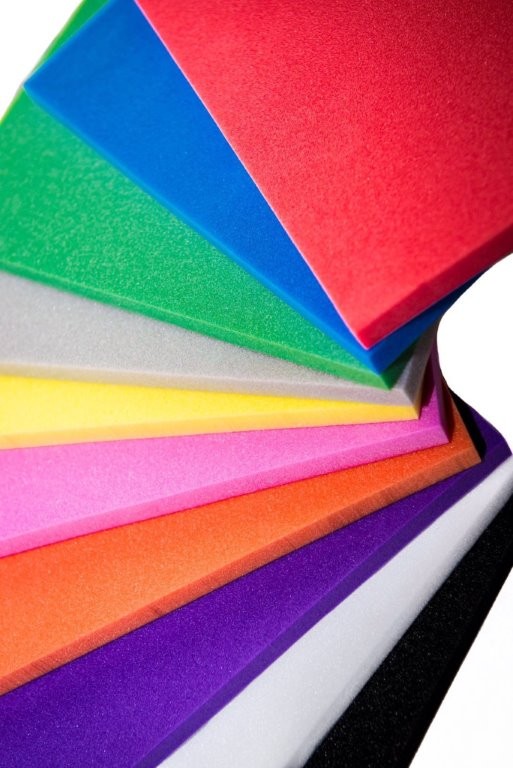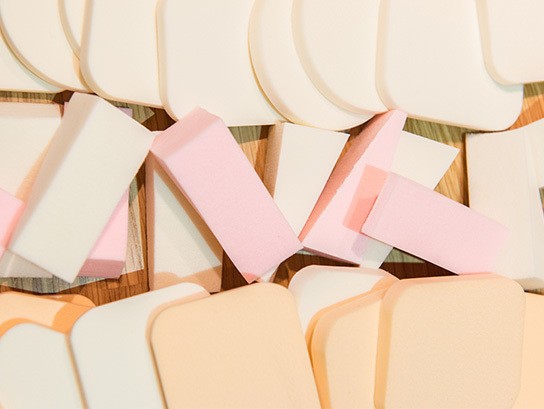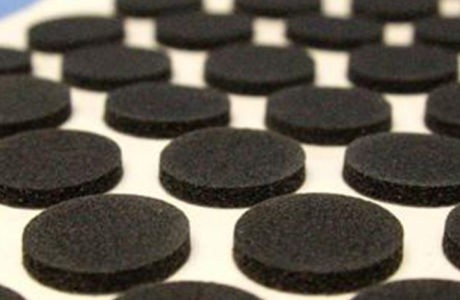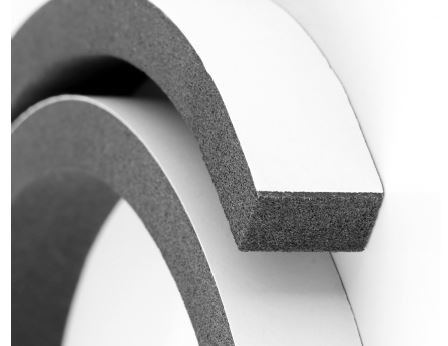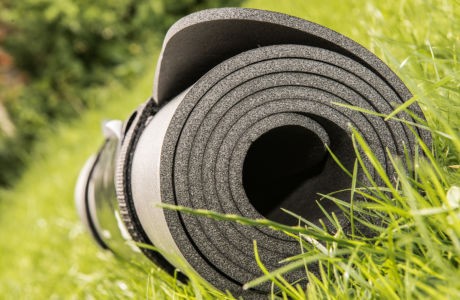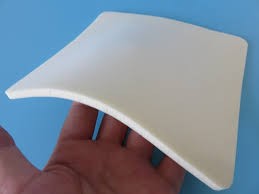What is the Difference Between Sponge Rubber and Foam Rubber?
12 November 2018It can be quite hard to discern the difference between sponge rubber and foam rubber when it comes to the average consumer. That’s because both terms are often used interchangeably, but their applications are quite different considering their molecular build and benefits to the user. We’ve broken down their differences, common applications and industries to help with the decision making process, when choosing the correct material for your project.
Foam Rubber
Foam rubber is an air filled structure and is generally made from Polyurethane or Latex (PVC). As its cells are structurally rigid, it performs exceptionally well as a sound and/or physical impact dampener. That’s why one of its main uses is the manufacture of mattresses, as foam rubber is well known for its durability, ageing and endurance. It’s also lightweight, has excellent cushioning performance and it’s buoyant.
Other common applications are glass protection and shipping pads, sun visors, appliance seals and gaskets, and light and dust seals for the home.
Sponge Rubber
There are two main types of sponge rubber that are commonly known as closed cell and open cell, and are most commonly produced from polyethylene foam.
Closed cell
Closed cell sponge rubber doesn’t allow the passage of water, air, dust, and other chemicals through its isolated, closed pockets. It has excellent resistance to UV and due to its closed cell properties, it’s a brilliant candidate for outdoor applications in both hot and cold environments. It’s also exceptionally durable which means it ages well, and it doesn’t really degrade over time.
Due to its low absorption, closed cell sponge rubber is great for applications where keeping structural integrity is key, such as in the Marine and Floatation industry for fenders and buoyancy aids.
It works incredibly well as a gap filler, as it both insulator and prevents the absorption of water. Not to mention its capabilities in noise and vibration dampening and its use for cushioning. Closed cell polyethylene is often used within the Aviation and Aerospace industry for aircraft seating due to its durability, comfort and lightweight properties.
Open cell
Open cell sponge rubber or foam is more commonly used in the day-to-day applications that we use as consumers. Open cell has open, interconnected pockets that allow for the passage of water, air, and other chemicals when the sponge rubber hasn’t been compressed. That means open cell sponge rubber is typically used in applications where such elements need to be absorbed.
Open cell sponge rubber soaks up liquid and then traps it until compressed. Consider its use in general purpose sponges, sponge cloths, kitchen towel, cosmetic foundation applicators, aquatic filtration, etc.
However, that’s not its only use, as open cell sponge is particularly suited to sealing and cushioning between uneven and irregular depths too. The material is very soft and extremely flexible, it’s durable, resistant to UV and weathering, and has excellent thermal properties in both hot and cold temperatures.
When compressed open cell sponge rubber offers an air-tight seal and can also be laminated to create adhesive tapes for complex gap filling.
Open cell sponge rubber is used as an alternative in many industries such as Building and Construction, Aviation and Aeropsace, Packing and Protection, Automotive and Transport, Beauty and Healthcare, and Glass and Glazing.
At Zouch Converters, we’re at the forefront of technology when it comes to sponge and foam rubbers. It’s important to us to continually innovate and push the boundaries when it comes to supplying new and unique materials to use in all manner of industries. That’s why we work with companies all around the world, as we’re committed to delivering industry leading products that are proven to be durable, profitable and technologically advanced.
No matter the project, we have a team of technical experts at your disposal to help you choose the right material for your next innovation. From first call to the finished item, we can help you every step of the way and offer technical support and advice on the best product for your specific application or assembly process needs.
Take a look at our extensive product range or simply get in touch and speak with one of our experts today. We’re here to help you from start to finish.



